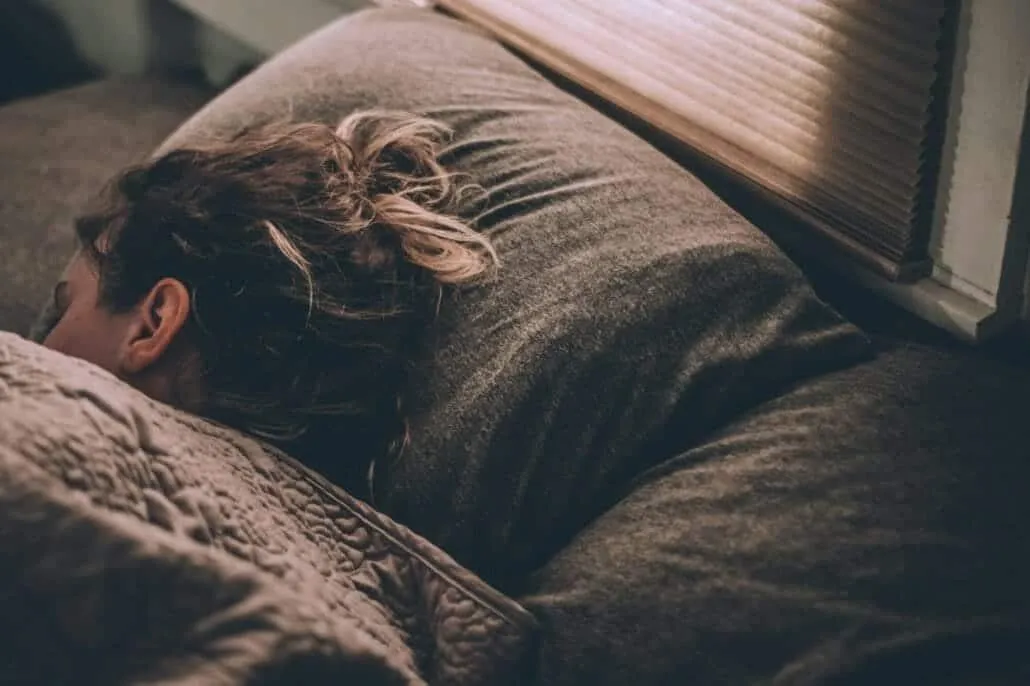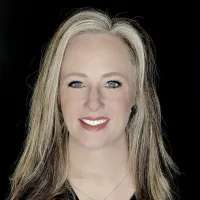
Blog

Recognizing Dental Cues to Sleep Apnea
Sleep apnea occurs when airflow is limited or stops while sleeping. Patients with the condition often awaken multiple times a night because they can’t breathe.
Amazingly, your dentist can often detect the signs of sleep apnea in the mouth and surrounding tissues during examinations before other medical signs begin to appear. While these cues do not confirm a diagnosis, they can become the basis for the need for further testing.
So, what do dentists look for in potential sleep apneic patients?
Oral Cues to Sleep Apnea
1. Short or worn teeth
Many people with sleep apnea have sleep-related bruxism, or grinding and clenching of the teeth due to sleep apnea. Over many years, this can wear them down and make them more prone to damage and decay.
2. Abfractions
Sleep apneic patients also develop abfractions. These occur when teeth develop fractured-out areas near the gumline because of excessive grinding forces at night.
3. Acid erosion
Patients with sleep apnea are more likely to be mouth breathers, which can increase the risk of stomach acid entering the mouth and causing both heartburn, cavities, and damage to the teeth.
4. Deep overbite
A deep overbite is where the top teeth come down too far in front of the bottom teeth.
5. Enlarged tongue
Most patients with sleep apnea have enlarged tongues. When they relax they fall to the back of the throat, causing it to block air from the nose and mouth and causing apneic episodes.
6. Scalloped tongue
A scalloped tongue occurs when the sides of the tongue develop teeth indentations, often due to pressure during sleep. Researchers believe it is more likely to present in patients with sleep apnea as they unconsciously push their tongues into the lower teeth when straining to breathe while sleeping in order to keep their tongues forward and their airways open.
7. Elongated soft palate
The soft palate is the part of the roof of the mouth connecting to the uvula. Studies suggest that patients with elongated tissue are more likely to experience muscular collapse during sleep, which thereby blocks the airway.
8. Elongated/enlarged uvula
Similarly, an enlarged uvula can also increase sleep apnea risk. The structure can tug towards the back of the mouth, blocking airflow.
9. Large tonsils/lateral pharyngeal narrowing
Tonsils sit at the sides of the throat just behind the back of the tongue. When the sides of the throat or the tonsils are enlarged, they block the airway, and the more likely a patient is to have sleep apnea.
10. Vaulted palate
Patients with narrow, high-arched palates are at higher risk of developing sleep apnea. Researchers believe that narrow arches do not provide enough space for the tongue, causing it to fall back into the throat and block the airway during sleep.
11. Mandibular tori
Mandibular tori are bony bumps on the inside of the lower jaw just below the teeth toward the front of the mouth. They are often formed by grinding the teeth, which causes the bone to grow, forming the bony bumps. Grinding, or sleep-related bruxism, is a sign of sleep apnea. In addition, like a vaulted palate, these can also reduce the space available for the tongue at night, causing it to fall back and block the airway.
Facial And Physical Cues to Sleep Apnea
The signs of sleep apnea can also show up in the face:
1. Dark circles under the eyes
Dark circles under the eyes are a sign of chronic sleep deprivation. Lack of drainage causes fluid to accumulate in the under-eye area, creating a puffy, dark appearance under the eyes.
Naturally, dark circles can have other causes than sleep apnea (such as insomnia – which can also be a sign in itself of sleep apnea), but they warrant further investigation if other symptoms are present.
2. Floppy eyelids
Likewise, floppy eyelids are another sign of chronic fatigue. Sleep apnea could cause this by preventing restful sleep due to oxygen starvation and frequent night-time waking.
3. Large neck circumference
A large neck circumference is also a risk factor for developing sleep apnea. The more weight surrounding the airway, the more likely the condition becomes.
Medical Factors for Sleep Apnea
Finally, several medical factors can suggest the presence of sleep apnea:
1. More than Two Blood Pressure Medications
When the body is deprived of oxygen, the heart has to work harder to pump the oxygen it does have to the rest of the body. This increases blood pressure. Therefore, patients who have sleep apnea may require additional medications to lower their blood pressure.
2. Atrial Fibrillation (A-fib)
Sleep apnea can worsen atrial fibrillation and increase the risk of developing an irregular heart rhythm by changing the pressures and amount of oxygen in the body, which leads to electrical changes and can, thereby, cause an arrhythmia.
3. Diabetes Type 2
Diabetes has a two-way relationship with sleep apnea. Sleep apnea alters glucose metabolism and promotes insulin resistance, leading to uncontrolled diabetes. Diabetes contributes to hormonal imbalance, which promotes obesity, a leading cause of sleep apnea. Therefore, both conditions increase the risk of the other worsening over time.
4. Acid reflux (GERD)
While the relationship is not fully understood, studies have shown that reflux impairs sleep, and sleep disturbances increase reflux.
Obstructive sleep apnea not only impacts a patient’s quality of life and general health, but also their oral health. Seeing a dentist who screens for sleep apnea is important, so they can catch the early signs of sleep apnea and help you to be the healthiest version of you!
Get Help For Sleep Apnea with an Experienced Sleep Dentist in Richmond, VA
Cosmetic Laser and Dental Spa of Richmond offers sleep dentistry services to help with sleep apnea. For example, non-surgical Nightlase can improve the strength of the palate, preventing it from collapsing at night.
Book your appointment today and see how it can help you!
VISIT US
27 Briggs Drive
Manakin-Sabot, VA 23103
Contact Us
Sarah C. Wilmer DDS, PLLC
(804) 784-2386
Business Hours
Monday: 8:00 AM - 5:00 PM
Tuesday: 7:00 AM - 4:00 PM
Wednesday 8:00 - 5:00 PM
Thursday 8:00 AM - 5:00 PM
Friday - By Special Appointment Only
Saturday & Sunday - Closed
Terms & Conditions | Privacy Policy
Copyright © 2024 | Cosmetic And Laser Laser Dental Spa Of Richmond | All Rights Reserved
